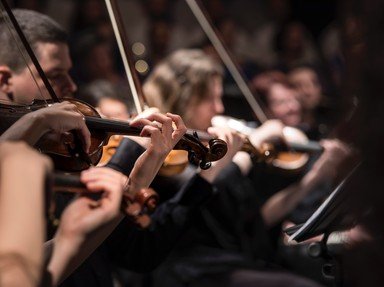
Who Wrote This Symphony? Trivia Quiz
If you know anything about 20th-century classical music, you've probably listened to symphonies that were given nicknames rather than just a number. Let's try matching the symphony's name with the 20th-century composer who wrote it.
A matching quiz
by Kenners158.
Estimated time: 3 mins.